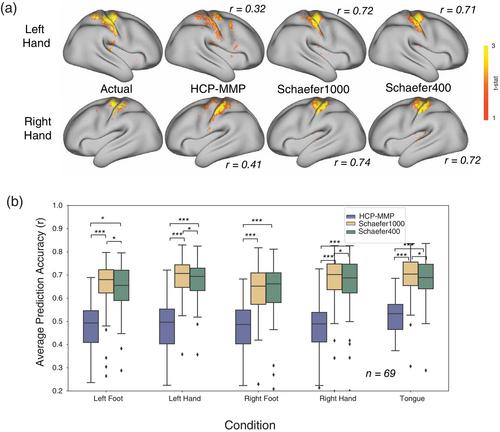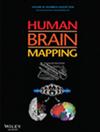Utilizing connectome fingerprinting functional MRI models for motor activity prediction in presurgical planning: A feasibility study
Abstract
Presurgical planning prior to brain tumor resection is critical for the preservation of neurologic function post-operatively. Neurosurgeons increasingly use advanced brain mapping techniques pre- and intra-operatively to delineate brain regions which are “eloquent” and should be spared during resection. Functional MRI (fMRI) has emerged as a commonly used non-invasive modality for individual patient mapping of critical cortical regions such as motor, language, and visual cortices. To map motor function, patients are scanned using fMRI while they perform various motor tasks to identify brain networks critical for motor performance, but it may be difficult for some patients to perform tasks in the scanner due to pre-existing deficits. Connectome fingerprinting (CF) is a machine-learning approach that learns associations between resting-state functional networks of a brain region and the activations in the region for specific tasks; once a CF model is constructed, individualized predictions of task activation can be generated from resting-state data. Here we utilized CF to train models on high-quality data from 208 subjects in the Human Connectome Project (HCP) and used this to predict task activations in our cohort of healthy control subjects (n = 15) and presurgical patients (n = 16) using resting-state fMRI (rs-fMRI) data. The prediction quality was validated with task fMRI data in the healthy controls and patients. We found that the task predictions for motor areas are on par with actual task activations in most healthy subjects (model accuracy around 90%–100% of task stability) and some patients suggesting the CF models can be reliably substituted where task data is either not possible to collect or hard for subjects to perform. We were also able to make robust predictions in cases in which there were no task-related activations elicited. The findings demonstrate the utility of the CF approach for predicting activations in out-of-sample subjects, across sites and scanners, and in patient populations. This work supports the feasibility of the application of CF models to presurgical planning, while also revealing challenges to be addressed in future developments.
Practitioner Points
- Precision motor network prediction using connectome fingerprinting.
- Carefully trained models' performance limited by stability of task-fMRI data.
- Successful cross-scanner predictions and motor network mapping in patients with tumor.


 求助内容:
求助内容: 应助结果提醒方式:
应助结果提醒方式:


